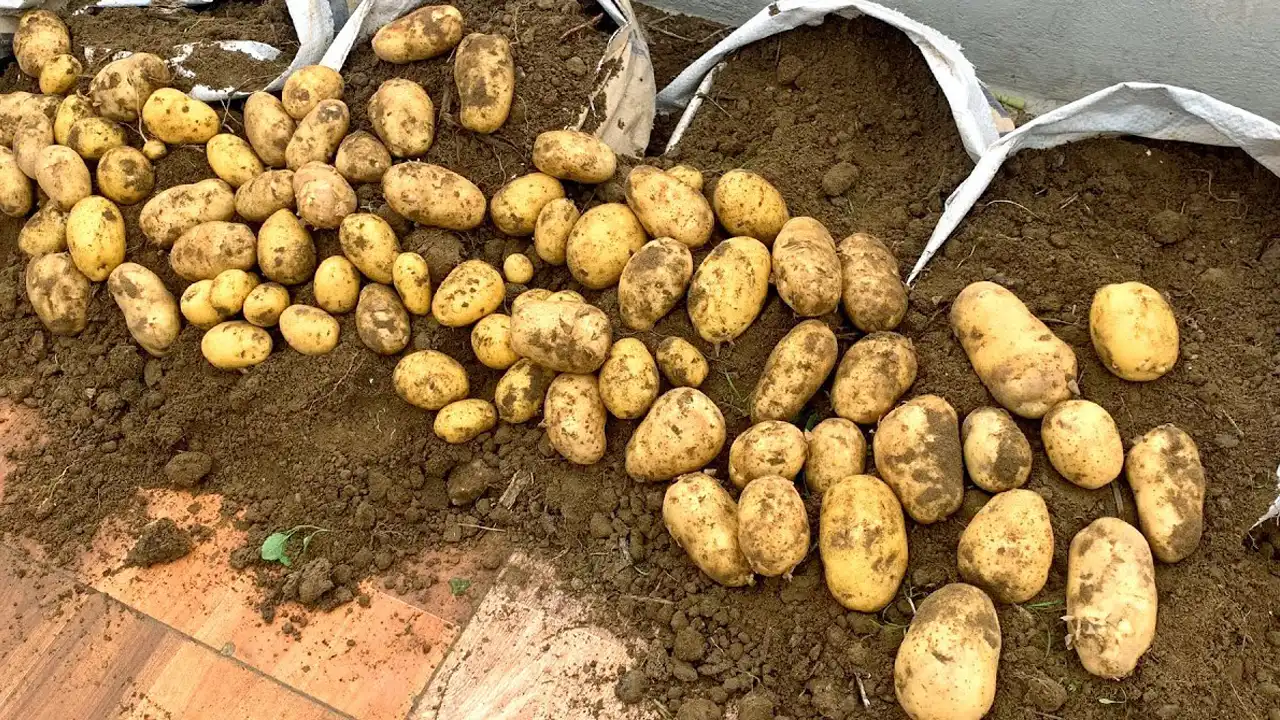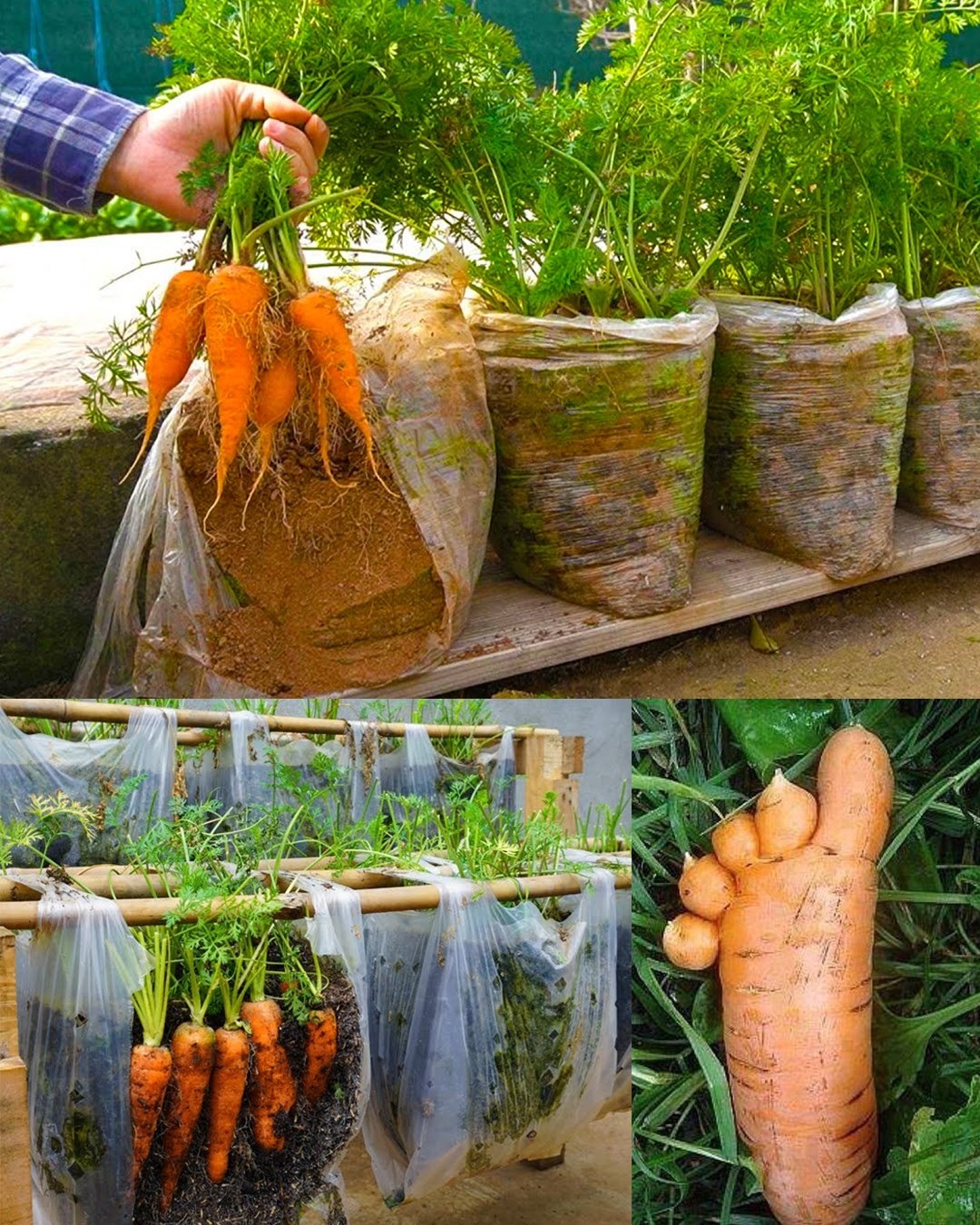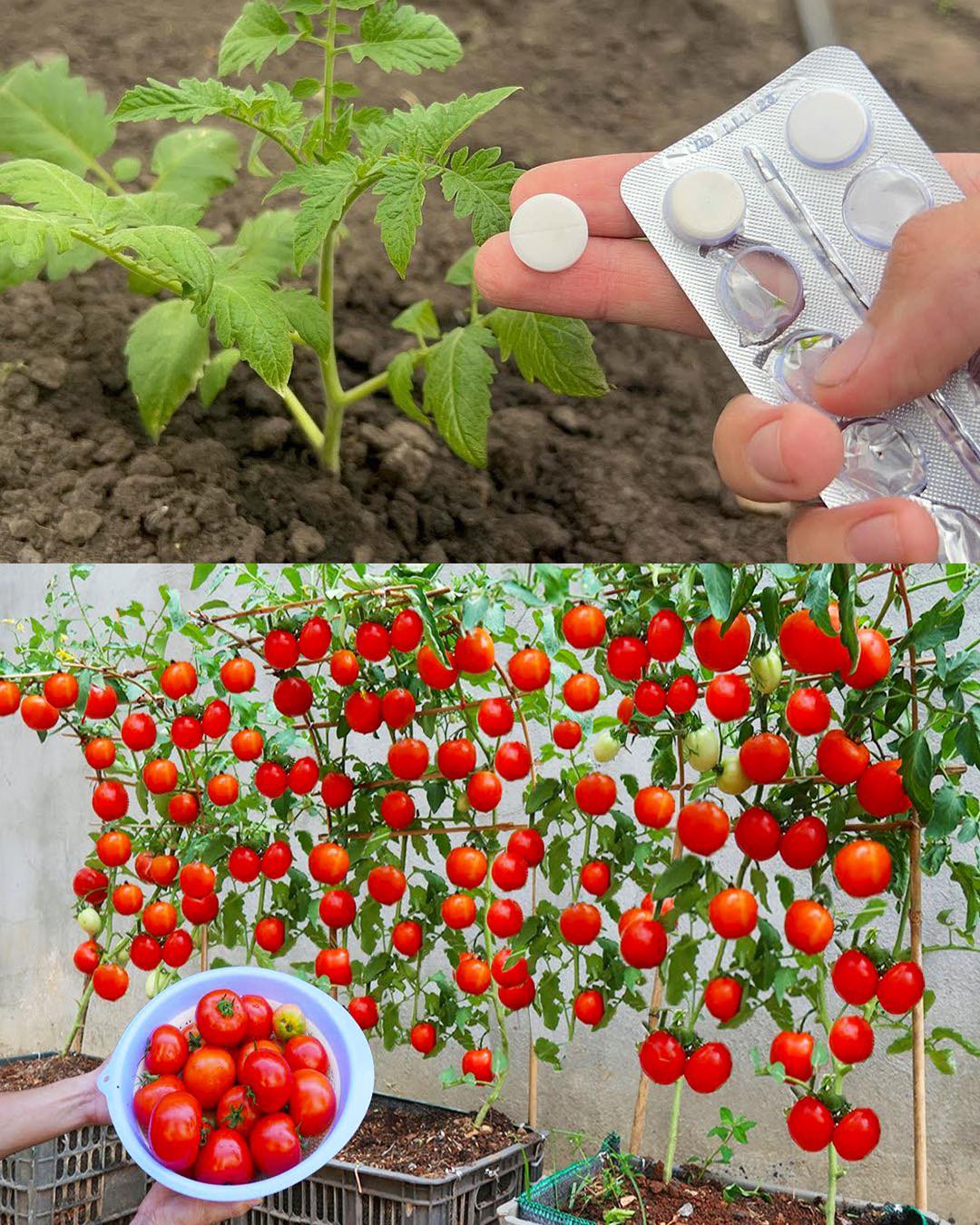Hatching eggs doesn’t have to be left to the professionals. With a little ingenuity, you can transform a common household item – a large water bottle – into a functional egg incubator. This guide provides a creative approach to building an incubator that’s both effective and eco-friendly.
Required Materials:
- A 5-liter (or larger) plastic water bottle
- Compact heating lamps or bulbs
- Digital thermometer and hygrometer
- Stabilizing material like egg cartons or foam
- Cutting tools for customization
Stepwise Instructions:
- Bottle Modification:
- Thoroughly sanitize your chosen plastic bottle.
- Cut an entryway on the slim end of the bottle, creating a convenient access point for egg placement.
- Heat Arrangement:
- Carefully insert small heat lamps or bulbs, arranging them to ensure a uniform temperature distribution within the incubator.
- The ideal temperature to aim for is around 37.5°C (99.5°F).
- Egg Positioning System:
- Inside the bottle, arrange a foam layer or an egg carton to secure the eggs in a stable position.
- Environmental Monitoring:
- Place a digital thermometer and hygrometer inside to keep track of the temperature and humidity, crucial for the eggs’ development.
- Air Circulation:
- Create small ventilation holes to ensure a balance of humidity and fresh air flow.
- Egg Rotation Process:
- Rotate the eggs manually multiple times daily to foster even growth and development.
Wrapping Up: This DIY egg incubator project is not just about building a tool; it’s about embracing sustainable living and the joy of watching new life emerge. Your homemade incubator is a testament to innovation and a step towards self-sufficiency in urban farming.
Safety Considerations:
- Regularly check the heating elements to avoid any risk of overheating.
- Ensure the incubator is placed in a safe, undisturbed location.
This DIY incubator project bridges the gap between urban living and the natural world. Get ready to embark on a rewarding journey of hatching and nurturing life, right in your home.

















